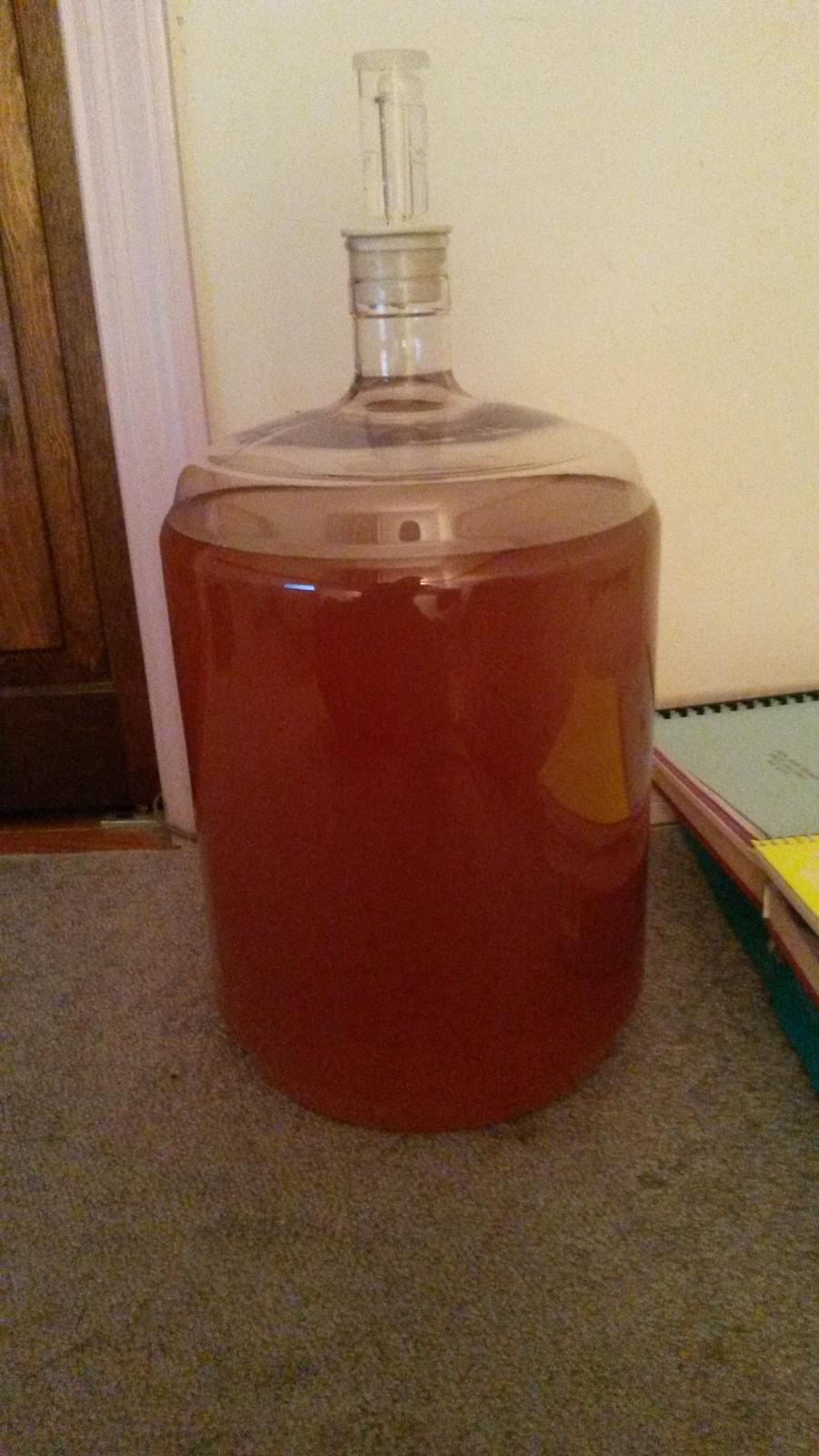Not sure I agree. JOAM is unique in that you MUST follow the directions precisely - including the use of bread yeast - The one thing that following Joe's recipe will NOT do is help you understand a single principle that fermentation is grounded upon. What Joe's (very clever) recipe does is make use of the undergirding principles but does not make those principles explicit: so eg, the use of bread yeast is precisely to stall the fermentation while there is still sugar left to be fermented. The use of the chunks of fruit is to use their drop to the bottom to alert the mazer (it is , after all a mead) to the unexplicated fact that CO2 is no longer being produced to keep the fruit afloat - and hence the instruction that you do not agitate the fermenter (which might remove CO2 and allow the fruit to fall too soon ). In other words, while Joe M understands the reason for each instruction the novice who follows his recipe would be no wiser or more capable of making a second batch of any mead or wine or cider if she or he made a successful batch of JOAM.
>> Not sure I agree. JOAM is unique in that you MUST follow the directions precisely
Firstly ... ah ... didn't I state in my post
"follow Joe Mattioli's original directions exactly" ?
Mmmm. Thought so.
Regarding the idea that JAO is lacking as a first learning-experience ...
You are implying that she has to, with her very first ferment, understand the principles that Joe understood. That is absurd.
The Opening Poster states: "What is the easiest and most inexpensive way to get started?"
She has exactly 2 posts and absolutely no previous experience listed in her profile.
For someone with no experience *at all* in fermenting, the mere act of dissolving the sugar or honey, adding the yeast, using an airlock etc IS exactly and specifically what she requires as the very most basic understanding.
One foot in front of the other.
Don't assume that someone who has never done any of it before at all has the foggiest clue what comes before what or for that matter what a ferment even looks like.
At this very very base level, it is NOT the principles (as you suggested), but instead
merely the mechanics.
The opening poster needs a successful, good tasting initial ferment. JAO is a hell of a lot more likely to give her that than an attempt at a cider ferment.
and btw: to specifically answer the question she asks in her second post ... No, kimmybee ... do not do the ferment inside your refigerator.




















































![Craft A Brew - Safale S-04 Dry Yeast - Fermentis - English Ale Dry Yeast - For English and American Ales and Hard Apple Ciders - Ingredients for Home Brewing - Beer Making Supplies - [1 Pack]](https://m.media-amazon.com/images/I/41fVGNh6JfL._SL500_.jpg)




 ... ah ... if one is so inclined ;-)
... ah ... if one is so inclined ;-)